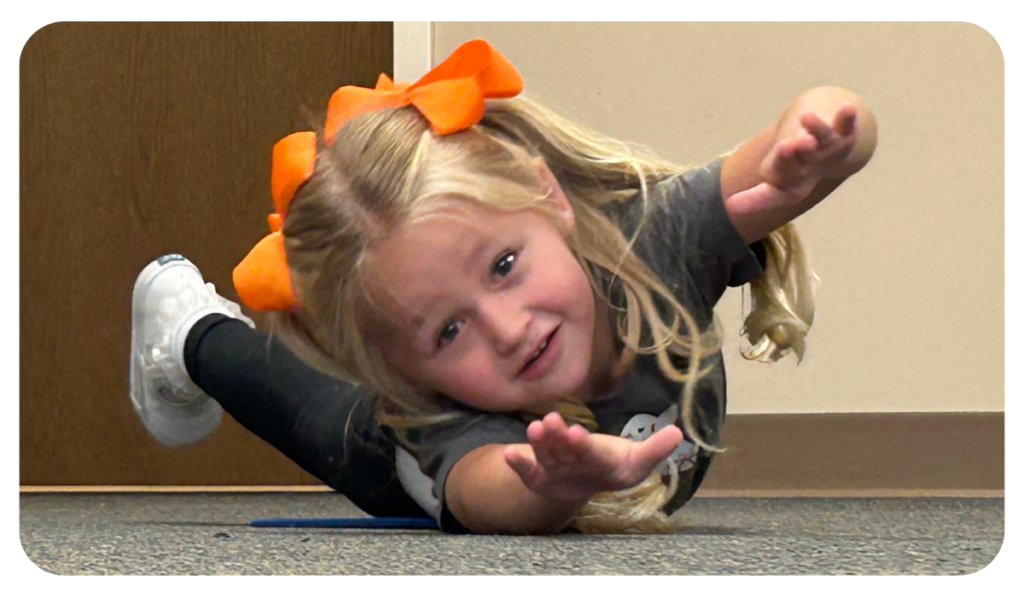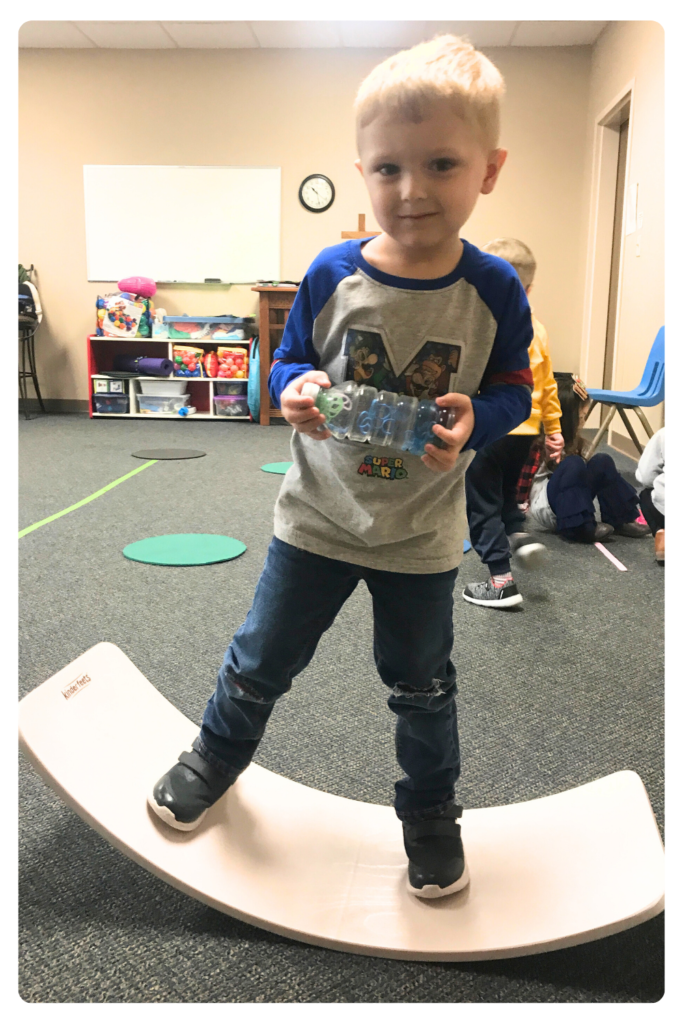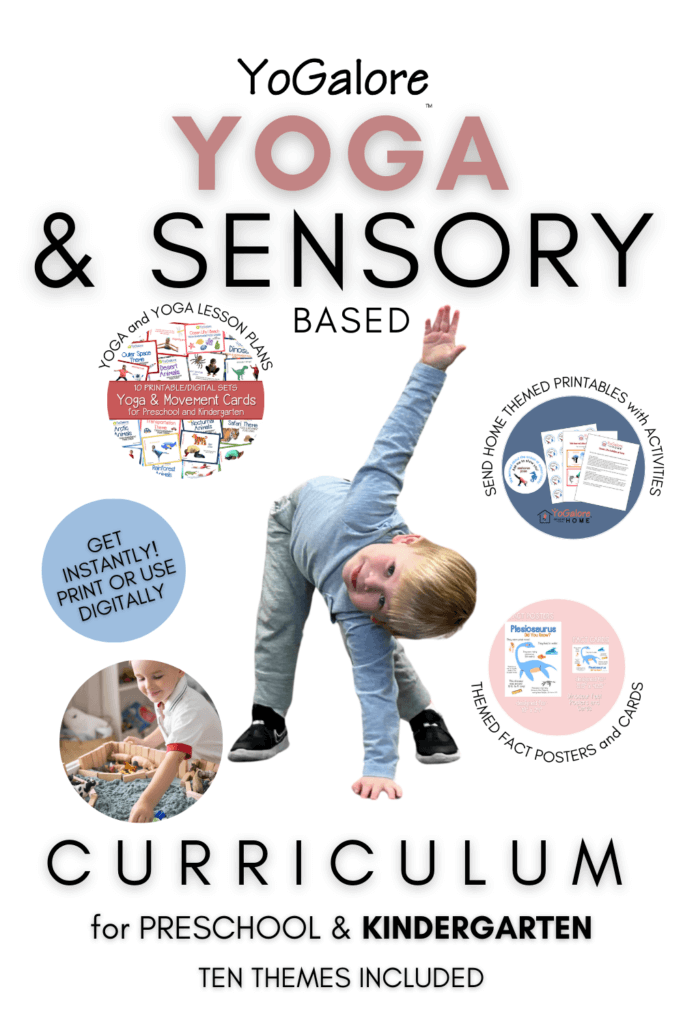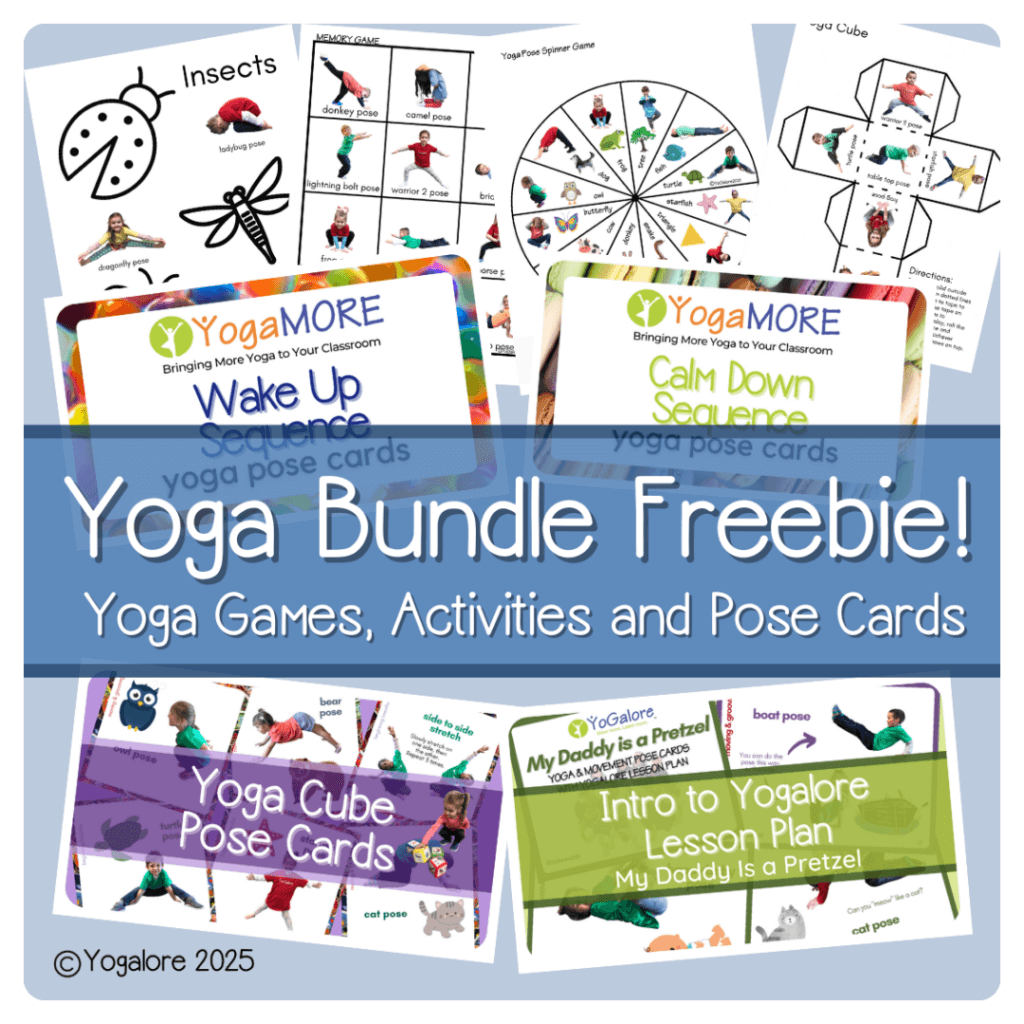Balance activities for preschoolers help engage multiple muscle groups, leading to improved motor skills and body awareness. Balance is necessary for healthy development and is a skill needed to progress to other skills. Read more on how balance is important for preschoolers and we’ll give you some activities you can do at home or at school with your children.
What are the Benefits of Learning to Balance?
Balance training significantly impacts physical health. It helps strengthen the core muscles, which are crucial for overall stability and coordination. When preschoolers practice balance, they engage multiple muscle groups, leading to improved motor skills and body awareness. This physical strength is foundational for more complex activities like climbing, running, and jumping.
Balancing activities also contribute to cognitive growth. When children focus on maintaining balance, they are honing their concentration and attention span. Studies have shown that balance exercises can enhance neural connections in the brain, improving learning capabilities and problem-solving skills. It’s not just about staying upright; it’s about nurturing a mind-body connection that fosters intellectual development.
Believe it or not, balance plays a role in emotional health too. Successfully maintaining balance can boost a child’s self-esteem and confidence. Overcoming challenges in balance can teach resilience and patience, critical components of emotional intelligence. This newfound confidence often spills over into other areas of life, promoting a healthier and happier disposition.
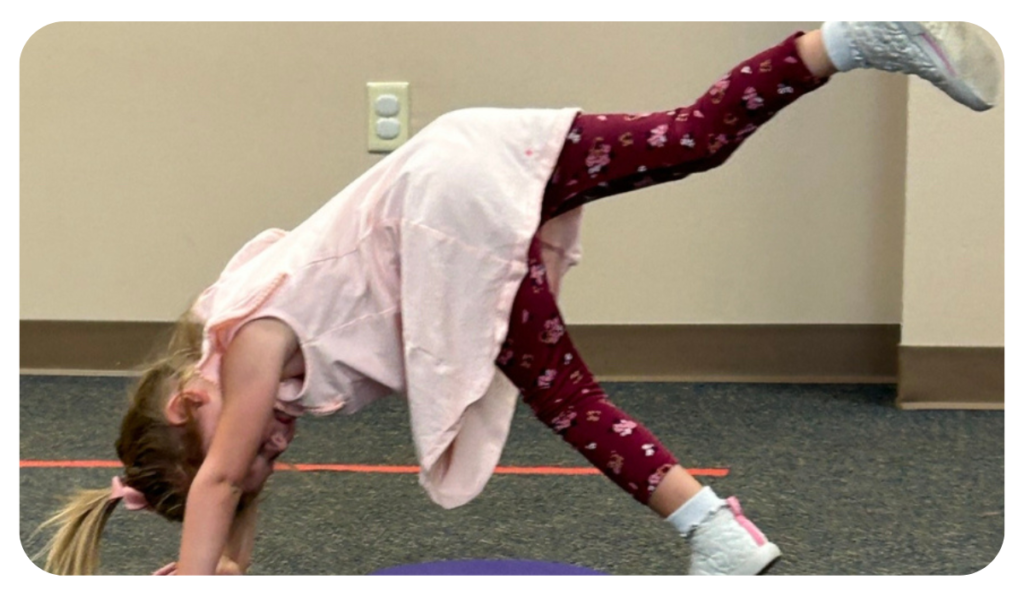
Why Should Children Practice Balancing?
Learning to balance is more than a childhood rite of passage; it’s a building block for future skills. Balance is foundational for activities like riding a bike, swimming, and even participating in team sports. By practicing balance early, preschoolers develop essential skills that will serve them throughout childhood and beyond.
Good balance can significantly reduce the risk of injuries. Children with well-developed balancing skills are less likely to fall and sustain injuries. This is particularly important as they become more adventurous in their play. A child who can balance well is equipped to explore their environment safely, giving parents and caregivers peace of mind.
Practicing balance encourages active play, which is vital for overall health. In an age where screen time often replaces outdoor activities, encouraging balance exercises can motivate children to get moving. Active play not only supports physical health but also fosters social skills and creativity.
Activities to Improve Balance
Balance activities for preschoolers can make practice fun and engaging for preschoolers. Activities like “Simon Says” with balancing commands or “The Floor is Lava” can turn exercise into an enjoyable game. These games require minimal equipment and can be played indoors or outdoors, making them versatile options for any setting.
Creating an obstacle course is a fantastic way to improve balance. You can use everyday items like pillows, chairs, and ropes to set up a challenging yet fun course. Encourage children to walk on a straight line, hop on one foot, or balance on a beam. These activities not only improve balance but also enhance coordination and agility.
Balance beams, boards and exercise balls* are excellent tools for improving balance. Whether it’s a homemade beam from a piece of wood or a professionally made balance board, these tools provide a focused practice environment. There are even durable and safe “stepping stones” you can take anywhere for children to practice their balancing skills. Start with simple tasks like walking across the beam and gradually increase difficulty by adding turns or asking the child to carry an object while balancing.
The Power of Yoga
Yoga is a fantastic balance activity for preschoolers. It combines physical exercise with mindfulness, making it a holistic approach to development. Simple poses like the “Tree Pose” or “Downward Dog” can be easily taught and practiced by young children.
Yoga enhances both static and dynamic balance. Static balance refers to maintaining equilibrium while stationary, while dynamic balance involves staying balanced while moving. Yoga poses require concentration and muscle engagement, which strengthen the core and improve overall stability. The mindful aspect of yoga also promotes mental clarity and emotional balance.
Incorporating yoga into a daily routine doesn’t have to be complicated. Start with a short session of 5 to 10 minutes, focusing on simple poses. Make it a fun and interactive experience by playing calming music or storytelling through the poses. Over time, you can gradually extend the practice and introduce more challenging poses.
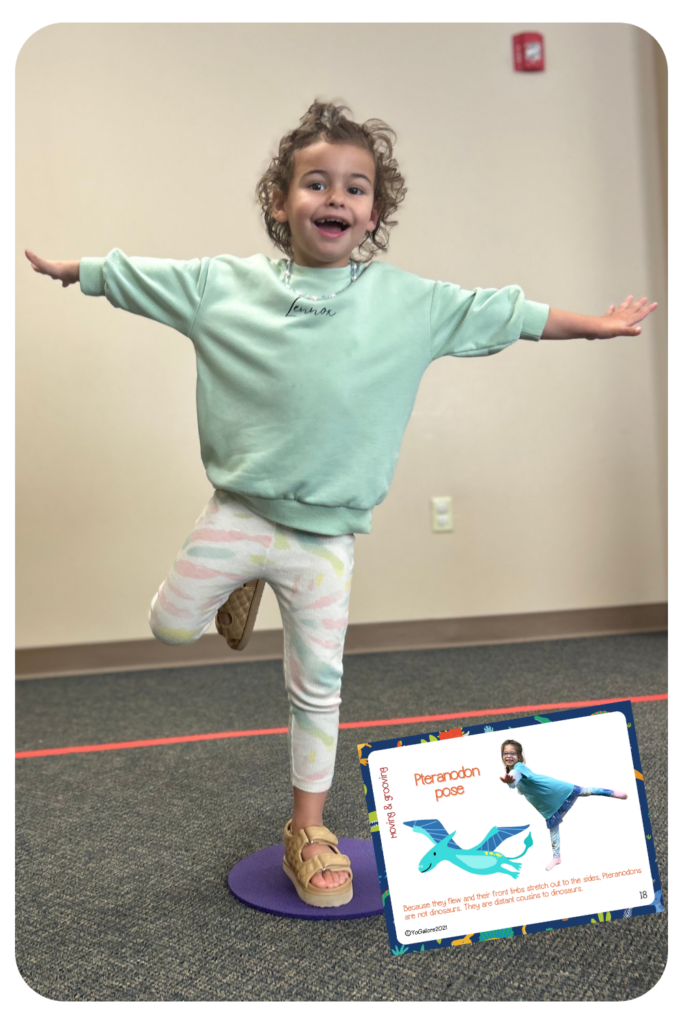
Balance is more than just a physical skill; it’s a comprehensive developmental tool that benefits preschoolers in numerous ways. From enhancing physical health and cognitive development to boosting emotional well-being, the importance of balance cannot be overstated.
By incorporating simple activities like balance games, obstacle courses, and yoga into daily routines, parents, teachers, and caregivers can support the holistic development of young children. Remember, every small step in balance practice is a giant leap towards a healthier, happier future.
Are you ready to help your preschooler achieve better balance? Start today by integrating these activities into your routine and watch as they flourish in every aspect of their development. For more personalized guidance and resources, feel free to join our community of parents and educators who are committed to nurturing the next generation.
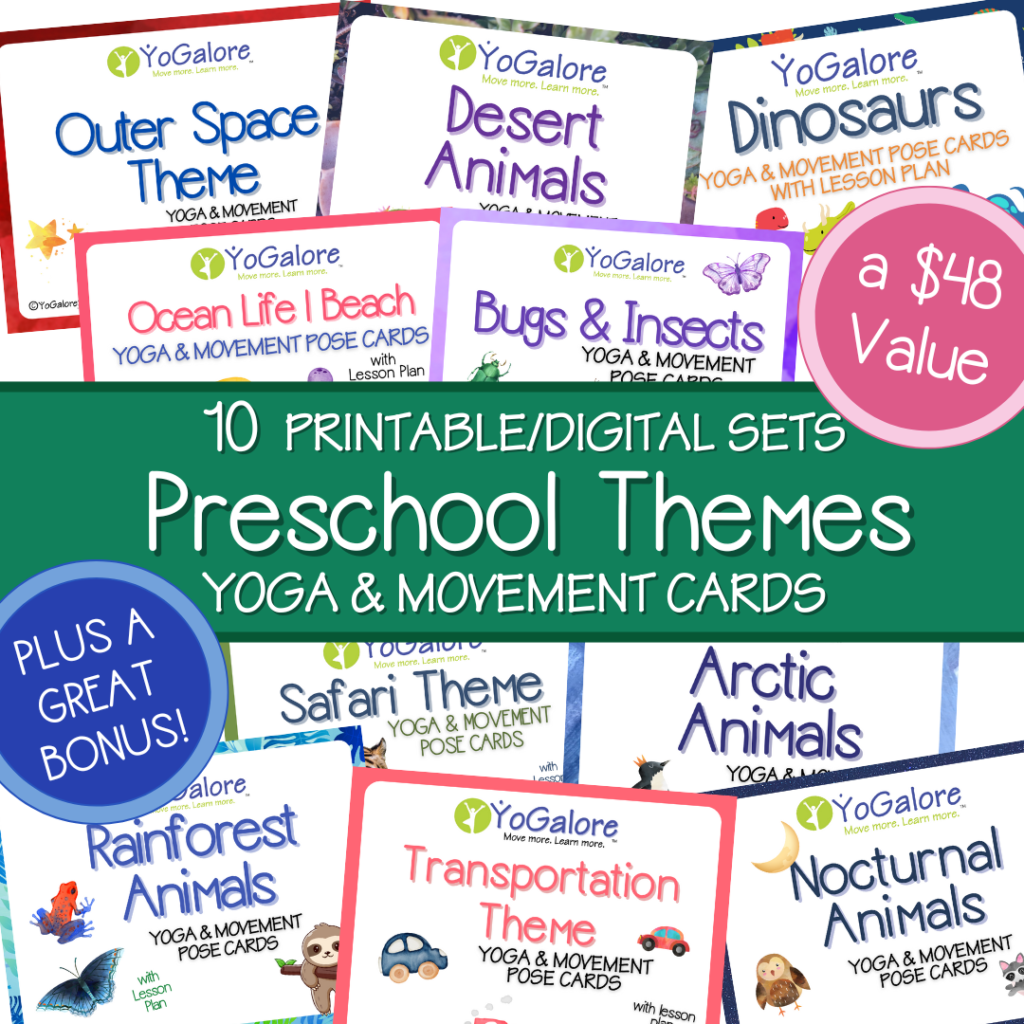
Balance is the key to a brighter, more confident future for your child. Let’s take the first step together!
*There are affiliate links in this post. If you click on a link and make a purchase, I receive a small commission at no extra cost to you.

